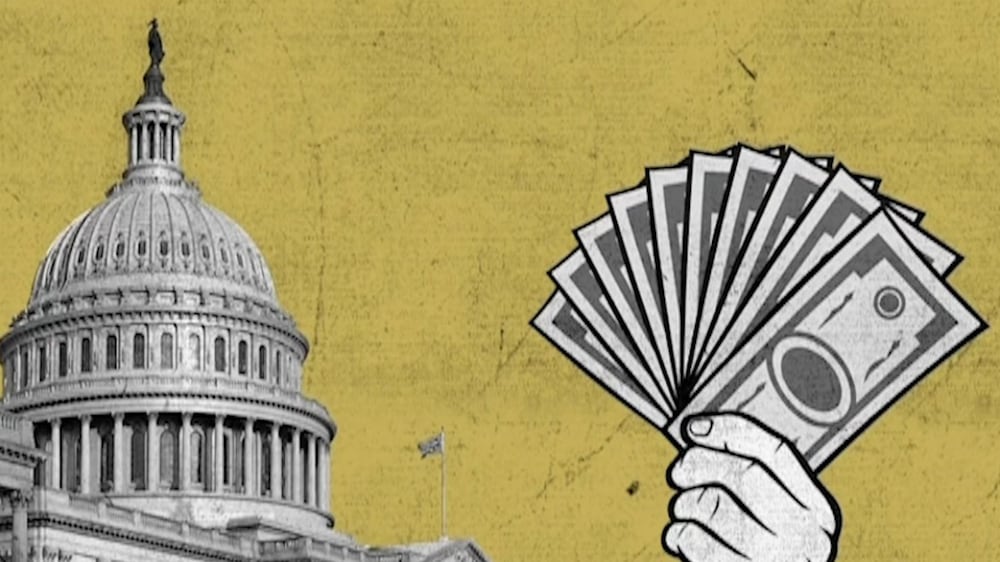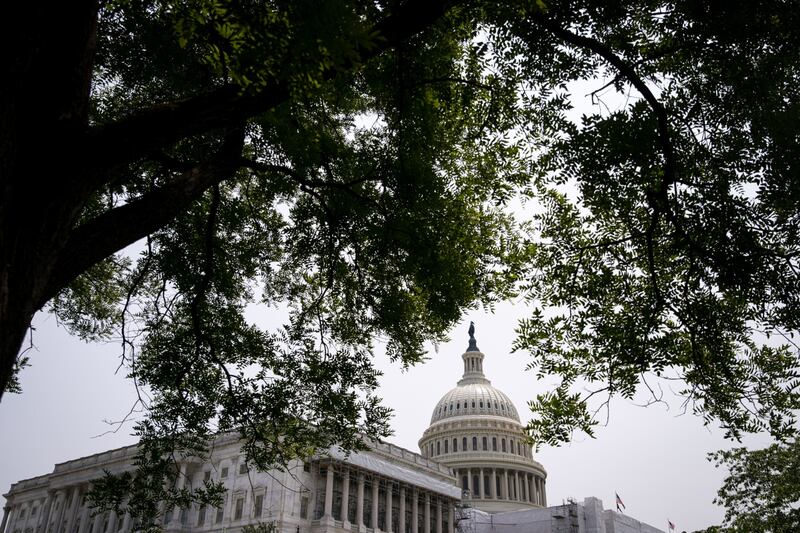Rating agency Fitch said on Wednesday it had put the US's “AAA” rating, its highest rank, on negative credit watch because of increasing political disputes around the country's debt limit.
Fitch Ratings said the rating watch “reflects increased political partisanship that is hindering reaching a resolution to raise or suspend the debt limit” with increasing concerns over a default.
President Joe Biden's administration and congressional Republicans are at an impasse over raising the federal $31.4 trillion debt ceiling, with both sides describing the other's proposals as too extreme.
Fitch said that the country's rating could be lowered if the US does not raise or suspend its debt limit by the given date.
“We believe risks have risen that the debt limit will not be raised or suspended before the x-date [when the US Treasury exhausts its cash position and capacity for extraordinary measures without incurring new debt] and, consequently, that the government could begin to miss payments on some of its obligations,” it said.
“The brinkmanship over the debt ceiling, failure of the US authorities to meaningfully tackle medium-term fiscal challenges that will lead to rising budget deficits and a growing debt burden signal downside risks to US creditworthiness.”
Fitch now predicts that the US government will spend more than it earns, creating a deficit of 6.5 per cent of the country's total economy in 2023 and 6.9 per cent in 2024.
“State and local governments' overall surpluses in 2021-2022 have begun to move to deficits, which accounts for part of the expected general government deterioration,” the agency said.
A rising interest burden and growing spending on entitlements over the coming decade will keep the deficits above 7 per cent of gross domestic product on average, it said.
The cash balance of the US Treasury stood at $76.5 billion as of May 23 and sizeable payments are due on June 1 and June 2, meaning that the cut-off date could arrive before an agreement is reached or finalised.
What is the US debt ceiling?

General government debt fell to 112.5 per cent of GDP at the end of 2022 – compared to 36.1 per cent for the “AAA” median – a decline from its 2020 pandemic peak of 122.3 per cent.
The agency forecasts debt to increase to 117 per cent by the end of 2024.
However, Fitch said that the chances of the US not repaying its debts on time are very low.
“The size of the country's economy, high GDP per capita and dynamic business environment support the US ratings. The US dollar is the world's pre-eminent reserve currency, which gives the government extraordinary financing flexibility,” Fitch said.
Prioritisation of debt securities over other due payments after the cut-off date would avoid a default, it said.
“Fitch moved the outlook on the US sovereign rating to 'credit watch negative', often a precursor to a downgrade,” said Edward Bell, senior director of market economics at Emirates NBD.
In the fixed income marketplace, traders are going to be focused on how US Treasury yields are going to respond following the move by Fitch, said Naeem Aslam, chief investment officer at Zaye Capital Markets.
"The rating agency placed the US’s 'AAA' rating on a negative watch; the fear is that the US could miss some of its debt obligations. This is going to adversely influence US CDs [certificates of deposit] as investors are going to demand higher payments for insurance."
Both Moody’s and S&P have kept the outlook for the US rating stable.
Moody's might change its assessment if US legislators indicate a default is expected. The rating agency has an “AAA” rating for US debt.
S&P Global lowered its rating of US debt after a 2011 debt-ceiling showdown. A lower rating could push up borrowing costs.







